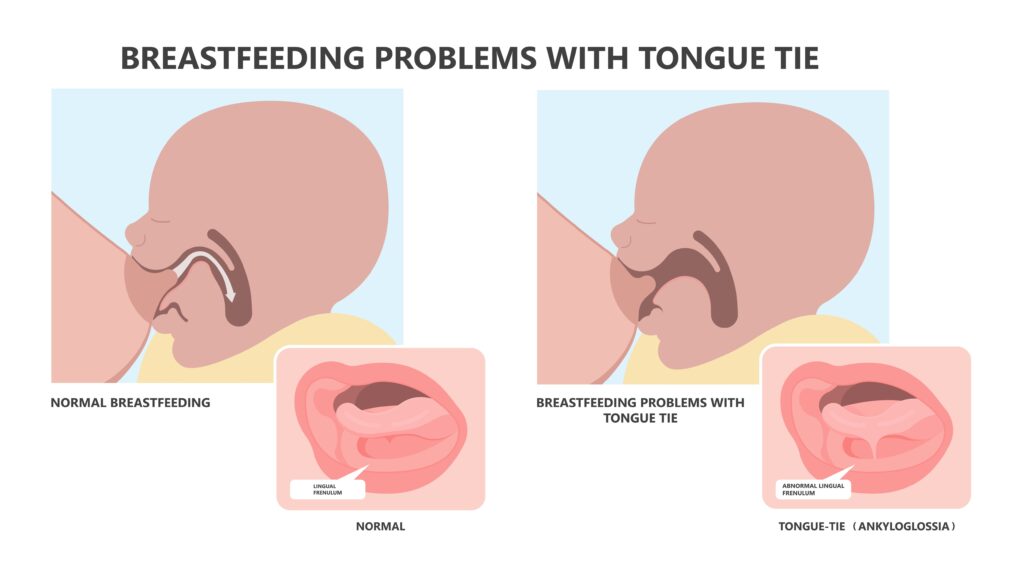“Soft Touch, Strong Bond: How Myofascial Release Transforms Breastfeeding for Infants with Latching Issues”
Category : Muscle Tid Bits
Unlocking Comfort: The Role of Myofascial Release in Helping Infants with Latching Issues
Breastfeeding is a cherished bond between mother and child, offering nourishment and nurturing in the early stages of life. However, for some infants, particularly those with tongue and lip tie restrictions, achieving a good latch can be a struggle, causing stress and discomfort for both baby and mother. Myofascial release, a gentle therapy, has emerged as a beacon of hope for these families, offering a way to ease these challenges and enhance the breastfeeding experience.
Understanding the Challenge: Tongue and Lip Ties
Tongue and lip ties occur when the bands of tissue (frenula) that connect the tongue to the floor of the mouth or the lip to the gum are too tight. These anatomical issues can restrict the movement necessary for an effective latch, making breastfeeding painful and inefficient. This not only affects the baby’s ability to feed but can also lead to nipple pain and trauma, inadequate milk intake, and a stressful feeding environment.

The Healing Touch of Myofascial Release
Myofascial release therapy involves applying gentle, sustained pressure to the myofascial connective tissue restrictions. For infants, especially those struggling with the effects of tongue and lip ties, this therapy can be transformative. Here’s how it helps:
- Enhances Movement and Flexibility: By releasing the tight tissues around the mouth and under the tongue, myofascial release improves the infant’s ability to move their tongue and lips more freely. This increased mobility is crucial for creating a proper latch, which is the cornerstone of effective breastfeeding.
- Reduces Pain and Discomfort: The gentle easing of tension in the facial and oral tissues can significantly decrease discomfort for the infant, making feeding times more relaxing and enjoyable. A comfortable baby is more likely to latch correctly and feed effectively.
- Supports Overall Oral Development: Beyond just aiding in breastfeeding, the improvements in oral tissue flexibility and function can benefit the infant’s overall oral development, including future speech development and oral hygiene.
- Promotes Relaxation and Bonding: Myofascial release not only addresses physical restrictions but also promotes relaxation in infants. A relaxed baby is more likely to engage in effective feeding behaviors, enhancing the bonding experience that breastfeeding is meant to be.
A Gentle Solution
The beauty of myofascial release lies in its non-invasive nature. Performed by trained professionals, this therapy offers a safe and gentle option for addressing the physical complications associated with tongue and lip ties. Parents considering this therapy should consult with a practitioner who is experienced in working with infants, ensuring that their little one is in capable hands.
Conclusion: A Path to Happier Breastfeeding
For many parents, watching their infant struggle with breastfeeding due to tongue and lip ties can feel heartbreaking. Myofascial release presents a hopeful pathway not just to improved physical health and comfort for the baby, but also to a more joyful and fulfilling breastfeeding journey. By addressing these ties with the gentle, healing touch of myofascial release, the hurdles to a good latch are not only overcome but turned into opportunities for growth and comfort.
As we see more parents and healthcare providers embracing myofascial release, we move closer to a world where breastfeeding difficulties are a less daunting challenge, and more infants can enjoy the profound benefits of a good latch right from the start.
